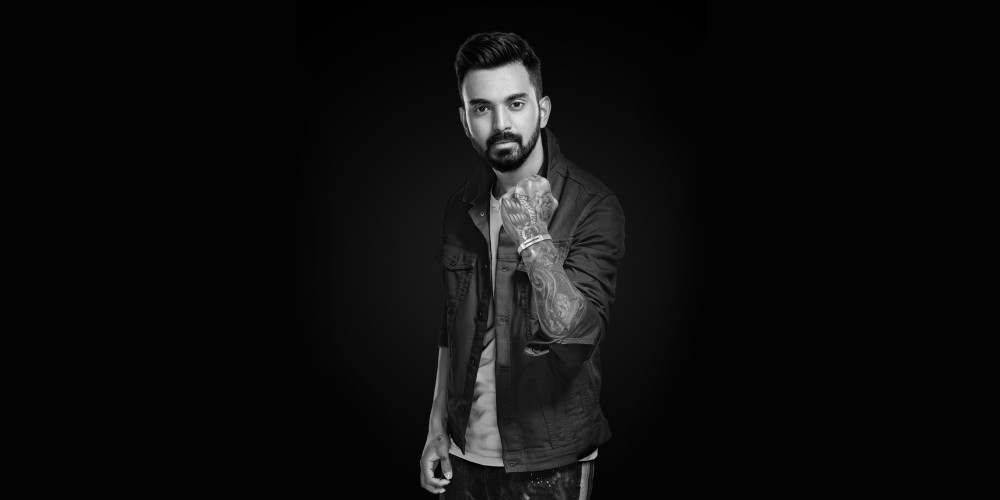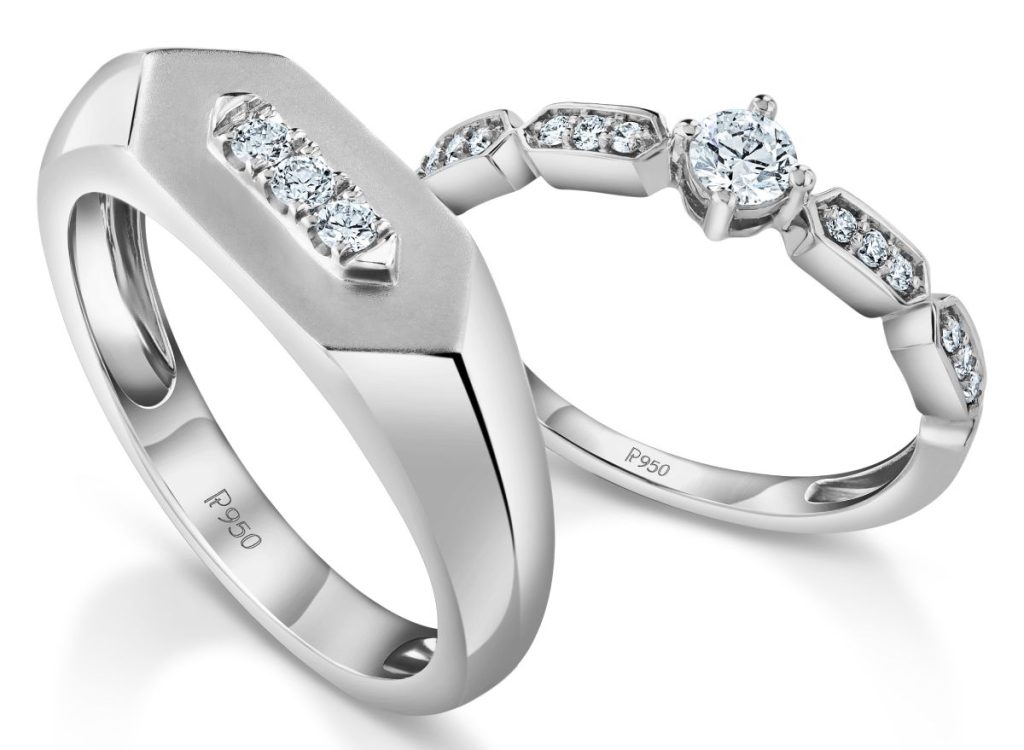HUW DANIEL, CEO, Platinum Guild International, in an exclusive media interaction in Mumbai, speaks about the exponential growth of platinum jewellery across various continents. He notes that India is poised to become the growth engine for the world and is today among the top three platinum jewellery consuming countries. Here are the edited excerpts.
What is the outlook for platinum in 2023?
We are super positive about consumer sentiment towards platinum jewellery, and India in particular. We had a fruitful year thanks to our strategic partners, whose passion and drive have driven platinum to new heights. We expect to build on this momentum and achieve double-digit growth next year. The positive market outlook has also encouraged us to scale-up, in order to leverage the current growth momentum.
How are the other markets faring where platinum is favoured?
America remains a strong market despite high inflation. Consumer spending remains high, and the jewellery sector continues to be a major beneficiary.
Despite inflation, Japan remains a strong market as well. We are witnessing impressive growth, especially with regards to heavier, higher purity and investment-related products trends.
In China, I believe, we will continue to see significant headwinds.
India is amongst the top 3 platinum markets and is often touted as the “new China” and globally India is being looked at as the growth engine for the world.
What are the new PGI initiatives globally and in India for promoting platinum jewellery?
Japan is a mature market; it has the highest per capita consumption of platinum. However, our business there is overly dependent on the 50+ age group. As part of our innovation process we launched Platinum Woman, a new product segment of affordable and meaningful product targeting 20/30 year olds, in store and online. The launch included a first of its kind collaboration between Japan’s leading jewellery retailers. PGI worked with the retailers to prioritise e-commerce, as well as in-store. We worked with famous actress Mikako Tabe and later Nanase Nishino to connect with this demographic.
Platinum prices in comparison to gold are lying low for quite some time. Your comments.
We don’t foresee the platinum price impacting purchase decisions because, in the consumer’s mind, there is a clear hierarchy of precious metals with platinum being at the top. And this is across all of our markets. The consumer’s perception is based on the meaning and aesthetics of the jewellery, and the price charged at the retail outlet which is inevitably higher than gold due to platinum’s purity, density and higher labour component.
Thus, despite the metal price being lower, the consumer experiences platinum as a precious metal through the branded jewellery itself, rather than the metal or metal price per se. Platinum jewellery is marketed as a ‘meaningful purchase’, ideal to mark special life moments. The foresaid marketing narrative also impacts the consumer’s perception of the metal’s position in comparison to other precious metals. Essentially, platinum jewellery demand is driven by great marketing ideas and not the metal’s price.
Indian manufacturers have been quick to adopt newer technologies for gold/diamond and platinum jewellery. Is there any innovation in technology impacting design?
PlatinumABC on YouTube and LinkedIn is an initiative we developed out of our China office. There is a lot of innovation, with regards to platinum, taking place across the globe, especially in Germany, America, China, and India. Hence, we wanted to create a platform to bring the industry together, to enable and empower industry members to share their stories and learnings. As part of the initiative, we have interviewed platinum masters across the globe, who are at the cutting-edge innovations being undertaken within the industry. For instance, our partners in America, are working on pioneering hot isostatic pressing (HIP) techniques to reduce the porosity in platinum, while our partners in Italy and Germany are pioneering additive manufacturing.
These innovations also enable more creative and forward-looking designs, as a more versatile metal, subsequently lends itself to more design options as well. For instance, these innovations have allowed us to introduce laser working, electroforming as well as integrate enamel with platinum.
The men’s jewellery category remains a comparatively underexplored segment. Could you tell us how did PGI manage to develop this niche segment in India? How is the men’s jewellery faring globally?
We knew there was a gap in the market for branded men’s jewellery in India. The volume, profitability and potential size of this untapped market presented a lucrative opportunity for our partners that we were ready to harness once the success of Platinum Days of Love and Evara was fully realised. We knew the men’s category would offer substantial volume, and hence, decided to create a narrative that would help build a distinctive brand and drive differentiation for platinum as a metal. We analysed consumer insights to build a distinct narrative for Men of Platinum. The narrative encompasses the values that the brand stands for in relation to contemporary male aspirations and has been instrumental in creating meaningful marketing communications to position platinum in a league of its own.
Globally, the other key market in terms of men’s jewellery is, China, followed by Japan. Consumers in China prefer chains, bracelets, and rings and lean towards more traditional designs. However, in terms of branding and marketing, this segment had been largely ignored. In China, we took a slightly different route and entered the men’s segment through unisex jewellery targeted at young women and men’s self-purchase category. We subsequently segued from that into the men’s segment by partnering with the biggest manufacturers and retailers in China to model the way for the industry. Our most innovative strategic partners championed the initiative and together we have co-developed a new generation of product that is igniting the men’s segment.
Our strategy across every market is slightly different reflecting each market’s distinct insights, but remains consumer centric at its core, while reflecting the unique trade landscapes.
As India is a relatively young market for platinum, we were able to launch a new branded segment for the industry. However, as China is a relatively mature market for platinum it requires a different approach. So, we tend to seed new segments through the market leading retailers, working collaboratively to develop their own branded collections in that space. This early adopter strategy then ripples out to the next tier of trade.
There remains a huge pent-up demand for branded men’s jewellery in India, which offers a great business opportunity to our partners. We have seen that sales of platinum chains and kadas (wristwear) are energising our partners and driving growth across the Indian market.
Are there any best business practices that India can adopt from the fast-growing markets?
There are some great new trends and best practices emerging from India itself.
However, in my view the biggest opportunity for India is branding in order to ensure strong consumer relevance and connectivity. Too much jewellery remains generic and undifferentiated and the category lags behind most other discretionary categories. This is a global issue not just Indian. For example, in America, we saw a big opportunity for metal-only platinum jewellery which was alien to the diamond-centric trade. So, we modelled the way by launching Platinum Born, PGI’s proprietary branded collection that is now selling well in high end independents, Saks and Nieman’s, as well as e-commerce (www.Platinumborn.com)
The core product is machine-made chain and woven metal that’s designed in the US and Japan, manufactured and assembled in Japan and imported to the US. This product meets an unmet consumer need in America, competitive entry product starting from USD600 and going up to USD15,000, with a sweet spot at $1500 US dollars. The collection targets the 28-year-old-plus woman who comfortably spends a couple of $1,000 on a pair of shoes, but had no alternate option of branded platinum jewellery to meet her aspirations. The category and the brand have witnessed phenomenal success.
It’s been an interesting journey as PGI’s first truly global collaboration, between the US and Japan teams – two opposite cultures that had to understand and learn how to work together collaboratively. It’s been a win-win however introducing an incremental opportunity to the US trade, and a new export opportunity that absorbs excess capacity for the highly skilled Japanese chain manufacturers.
The biggest opportunity for PGI in India, and for the general trade, is to provide stronger emphasis on consumer-centric branding. Branding will facilitate a seamless connect between jewellery industry and consumers and drive growth in the future.



